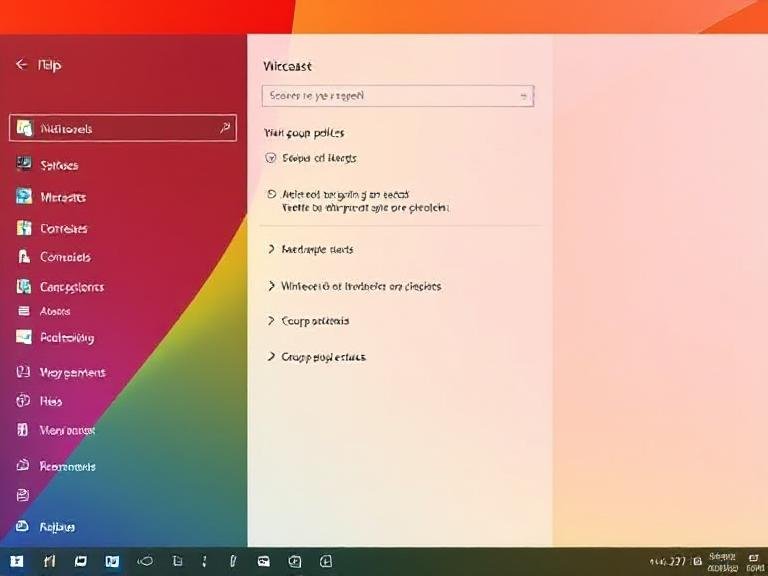Microsoft Offers Temporary Solutions for SQL Server Text Processing Bug

Microsoft Offers Temporary Solutions for SQL Server Text Processing Bug
We often take for granted that our systems “just work” in our preferred language — especially in English-dominant tech circles. But for users in regions like Japan, Korea, or the Middle East, localized software isn’t just a convenience; it’s essential for daily operations. When a tool like SQL Server suddenly starts outputting messages in English instead of Japanese, it doesn’t just look odd — it can disrupt workflows, confuse teams, and slow down troubleshooting in production environments.
That’s exactly what’s been happening lately with the Japanese version of Microsoft SQL Server, and while the issue is narrow in scope, its impact is real for affected users.
🔹 What’s Broken? bcp.exe Suddenly Speaking English
The core of the problem lies in bcp.exe, a command-line utility used for bulk data transfers between SQL Server databases and external files. Users who installed the Japanese language version of SQL Server have reported that after applying a recent update, bcp.exe now displays all its status messages and errors in English — even though the rest of the system remains in Japanese.
This isn’t a display bug or a font issue. The Japanese language resources for the ODBC driver are actually being removed during the update process, leaving the system without proper localization support for this critical tool.
🔹 Why Did This Happen? A Localization Mix-Up
According to Microsoft, the root cause stems from a packaging error. The latest update for the ODBC Driver (version 17.10.6.1) included important fixes — but the installer uploaded for the Japanese version was accidentally replaced with the English one.
As a result, when users install the update, the system overwrites or deletes the Japanese resource file (msodbcsqlr17.rll) instead of preserving it. Since this file handles language-specific strings, its absence forces bcp.exe to fall back to English.
It’s a small mistake in the build pipeline, but one that has real consequences for non-English users.
🔹 How to Fix It: A Step-by-Step Workaround
Unfortunately, there’s no automatic patch yet. But Microsoft has provided a clear manual workaround to restore Japanese output. Here’s what you need to do:
- Download the Correct Installer
Get the Japanese version of ODBC Driver 17.10.6.1 from Microsoft’s official download page. Make sure the file is namedmsodbcsql.msi. - Save It Locally
Place the file in a temporary folder, likeC:\temp. - Extract the Resources
Open Command Prompt as an administrator and run: - msiexec /a “C:\temp\msodbcsql.msi” /qb targetdir=”C:\temp\msodbcsql_msi”
- Retrieve the Language File
After extraction, navigate to the output folder and locatemsodbcsqlr17.rll— this is the Japanese resource file. - Restore It to the Right Location
Copy the file toC:\Windows\System32\1041. If the1041folder doesn’t exist (it’s the locale ID for Japanese), create it manually.
Once done, bcp.exe should start showing messages in Japanese again.
🔹 Microsoft Responds with Transparency
While the fix isn’t ideal — requiring admin access and manual file handling — Microsoft has been prompt in acknowledging the issue and publishing detailed guidance. They’ve even provided a full explanation and steps in Japanese on their official blog, showing awareness of the importance of native-language support for enterprise customers.
It’s a reminder that localization isn’t just about translation — it’s about trust, usability, and respecting regional workflows.
🔹 Final Thoughts: Small Bugs, Big Impact
This may seem like a minor glitch, but it highlights a bigger picture: as software becomes more global, even small packaging errors can disrupt real-world operations. For IT admins and database managers in Japan, restoring the correct language output isn’t just about comfort — it’s about clarity and efficiency.
Let’s hope Microsoft rolls out an automated update soon. Until then, this manual fix remains the best way to keep systems running smoothly — and speaking the right language.





